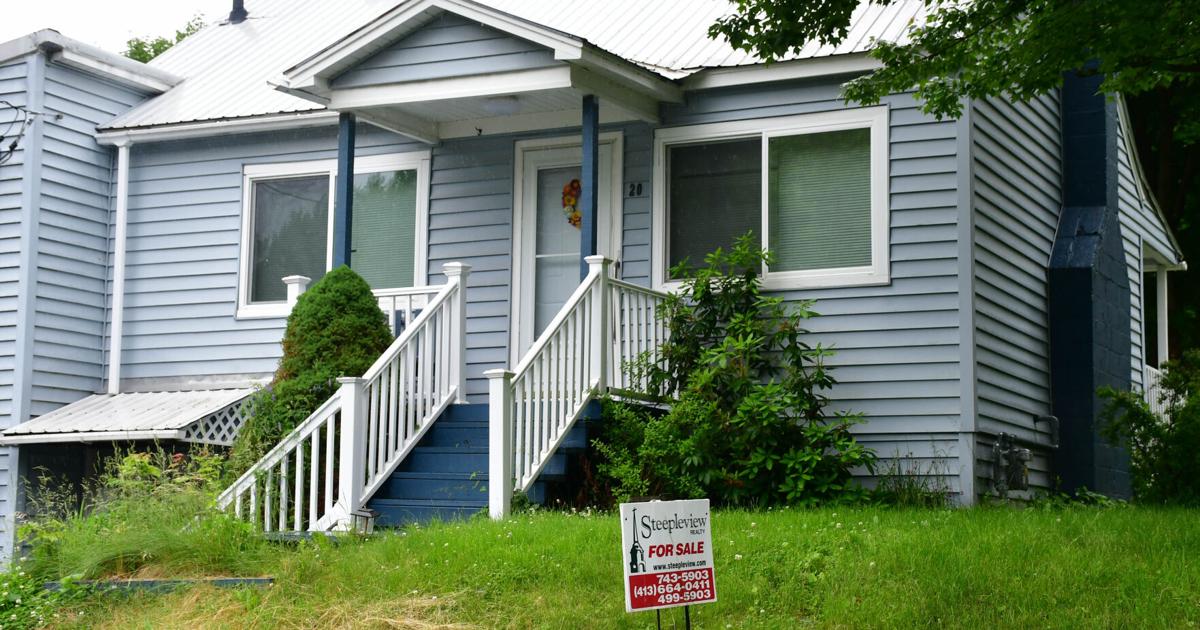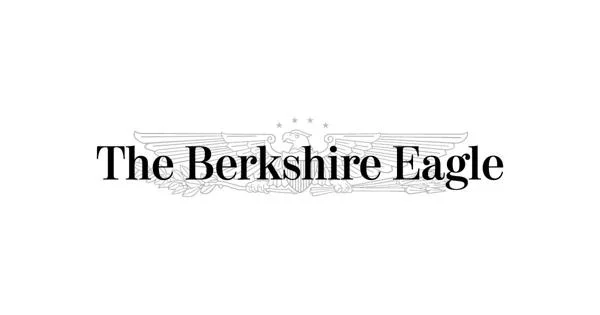By By Sandra J. Carroll,Gillian Heck — The Berkshire Eagle
Copyright berkshireeagle

Berkshire County’s real estate market in the first half of 2025 paints a nuanced picture of the region’s economy. Overall sales volume is slightly lower, but dollar volume growth demonstrates continued resilience. The Berkshire County Board of Realtors recently released its mid-year “Market Watch Report,” providing a comprehensive look at residential, condominium, multifamily, land and commercial sales.
Residential Market: Slight Dip in Sales, Rising Dollar Volume
From January through June 2025, 474 single-family homes changed hands across Berkshire County, a 1 percent decline compared to 477 sales during the same period in 2024. While unit sales dipped modestly, the total dollar volume rose 7 percent year-over-year, reaching $226 million. This growth suggests that prices remain strong and demand persists, particularly in certain submarkets.
Price gains have been notable: The average single-family home price increased to $477,067, up 7 percent from last year’s $444,665. Inventory also saw improvement, with an average of 428 active listings, 30 percent more than in 2024. Even with more homes on the market, the county’s absorption rate remains at just 4.55 months, below the roughly seven-month benchmark of a balanced market.
Regional Variations: North County Leads the Pack
Market performance varied widely by region. Northern Berkshire stood out with a 9 percent increase in residential sales and a 33 percent surge in dollar volume. Williamstown was a key driver, buoyed by several high-end transactions. Adams also posted gains, while North Adams lagged behind.
Central Berkshire remained relatively stable, with unit sales down just 1 percent but dollar volume up 5 percent. Pittsfield and Dalton posted robust results, and Becket saw an increase in the market compared to last year, while Otis and Lenox slowed compared to 2024. Stockbridge offered an interesting contrast — only two fewer sales year-over-year but a remarkable 46 percent increase in volume due to higher price points.
Southern Berkshire, long known for its luxury market and second-home buyers, saw the steepest decline. Sales dropped 11 percent, and dollar volume decreased 6 percent compared to last year. The slowdown was most pronounced in Monterey, New Marlborough and West Stockbridge, while Alford, Egremont and Great Barrington maintained steady activity.
Interestingly, first-quarter sales across the county were robust but flattened in the spring. Pending sales, however, suggest a potential rebound: June 2025 recorded 114 pending sales compared to 99 in June 2024.
Condominiums and Multifamily Properties: Small Segments, Important Trends
While single-family homes dominate Berkshire County’s housing stock, condos and multifamily units play a critical role in addressing housing demand. Condo sales rose 3 percent countywide, with an 8 percent increase in dollar volume. The strongest growth occurred in Southern Berkshire, which continues to attract second-home buyers seeking lower-maintenance options.
The multifamily sector saw a 5 percent drop in sales volume but a 13percent increase in dollar volume. After a booming 2024, early 2025 brought slower sales in Northern and Central Berkshire, but Central Berkshire rallied with strong second-quarter results. Rising average sale prices reflect continued investor interest despite fewer transactions.
Land and Commercial Sales: Challenges and Opportunities
Not all sectors shared in the positive price momentum. Land sales dropped sharply, down 41 percent in units sold and 16 percent in dollar volume. The softer land market reflects both seasonality and broader economic headwinds. Rising development costs, stricter codes, and lingering uncertainty about construction financing have made it difficult for builders to deliver new housing stock at workforce price points. Market observers stress that alleviating pent-up buyer demand will require creative solutions and potentially policy shifts to incentivize new construction.
Commercial real estate also showed mixed results. While sales increased 13 percent in the number of properties transferred, overall dollar volume declined 20 percent. The national office market continues to struggle, with vacancy rates topping 21 percent and overall commercial vacancy expected to peak near 19 percent. Berkshire County’s numbers reflect these larger trends. It is worth noting that not all commercial sales are tracked in the Board’s MLS data — only those marketed publicly.
What’s Next?
The first half of 2025 underscores a key takeaway for Berkshire County’s business and real estate communities: This is a market in transition. While residential unit sales are slightly lower, pricing power remains, and inventory has improved. Northern Berkshire is emerging as a growth leader, while Southern Berkshire faces headwinds. Multifamily and condo sectors remain vital components of housing diversity, and commercial and land markets reflect ongoing structural challenges.
For buyers, the increase in active listings provides more options than in recent years, particularly in the $250,000 – $400,000 range — the hottest segment of the market. For sellers, rising prices remain encouraging, though market conditions are becoming more balanced. Business leaders and policymakers alike will need to keep an eye on housing development opportunities to ensure that the region continues to attract talent and investment.
Berkshire County’s mid-year Market Watch Report ultimately shows that despite modest declines in sales activity, the region’s housing market remains resilient. With pending sales on the rise and continued interest in the region’s lifestyle amenities, the second half of 2025 may offer further opportunities for growth and adaptation.



